|
FRESH STUFF DAILY |
|
|
||
|
|
||
|
|
||
|
SEE ALL SIGNED BOOKS by J. Dennis Robinson click here |
||
Here’s a rarely whispered New Hampshire fact. The first known European to sail down the Piscataqua River was seeking a cure for syphilis. Martin Pring of Bristol England, most scholars agree, discovered what is now the Seacoast region of New Hampshire in 1603 while searching for sassafras, a valuable medicinal plant. Most early New Hampshire historians tend to blur the simple truth, but Pring was quite specific. In his own published report of the 1603 voyage to the New World he wrote that sassafras was "a plant of soveriegne vetrue for the French Poxe".
So the English naturally named an irritating, sometimes deadly sexually transmitted disease after the French. Baldness produced by syphilis was called a "French crown". The French, in turn, called the disease after the Italians. The Russians named it after the Poles. The Japanese named it after the Portuguese. Even in the 1600s, it seems, venereal disease was always someone else’s fault. Nathaniel Adams, Portsmouth’s first official historian, was unaware of Martin Pring’s visit. His 1824 "Annals of Portsmouth" begins with John Smith, the ultimate English explorer, who charted this region in 1614 and changed its name from "Northern Virginia" to "New England". But by the mid-1800s, Portsmouth journalist Charles Brewster had included Martin Pring’s search for sassafras in his "Rambles About Portsmouth". Brewster imagined the arrival of the first white man to step onto Portsmouth soil with a spiritual fervor that modern historians use to describe Neil Armstrong’s first footfall on the Moon. CONTINUE to read about MARTIN PRING
To make a short story even shorter, Pring found no sassafras here. Indeed, there is no positive evidence that Pring was here at all. His account describes a spot along the coast with four rivers, of which only one was deep and wide enough to penetrate about 12 miles. Historians agree that it sounds as if Pring passed the Saco, the Kennebec and the York rivers and traveled in the smaller boat down the fast-lowing Piscataqua, beyond "the Narrows" and into Great Bay. If so, he passed back out quickly and traveled south to Cape Cod where his men found and harvested sassafras trees for the next six weeks. Pulitzer prize winning biographer Ola Elizabeth Winslow devotes an entire chapter to Pring in her 1966 book for children "Portsmouth, the Life of a Town". Again, of course, the sassafras story gets a G-rating. And the story doesn’t really get interesting until Pring arrives in what is to become Massachusetts. There we get an amazing picture of pre-colonial contact with Native Americans. Scores of Indians, attracted to the odd sight of white men digging up 20-foot tall trees, cluster around the group’s wooden barricade. When a young sailor begins playing his guitar, the Indians danced in a circle, made "savage" gestures and sang "la, lo, la, lo, la, la, lo". The guitar player received tobacco, pipes and a six-foot dried snake skin from the hospitable Indians.
CONTINUE to read about MARTIN PRING
ring’s account offers brief but exquisite detail of the Natives and of local plant, bird, fish, animal life, plus soil and seed-growing conditions. In the end things went badly. Pring reports that 140 Indians surrounded the English barricade, but were frightened off by a warning cannon blast and by two fierce mastiffs brought from England. We even know the dogs’ names – Foole and Gallant. After packing both Speedwell and Discoverer with the covered sassafras, and after stealing a 17-foot long birch bark canoe from the Indians, Pring and his men departed.
Except in New Hampshire, Martin Pring’s voyage rarely rates more than a paragraph or two in the thick volumes of European explorers before 1620. His name is lost among others whose trips made deeper dents in the British mind – names like Gosnold, Weymouth, Champlain, Cabot and Smith. If Pring’s voyage proved anything special, according to New England histories, it was that safe, profitable sorties into the New World were possible. Europeans had been fishing successfully off the Grand Bank in Atlantic waters for a century. Historian David B. Quinn estimated that at least 650 European ships had made the transatlantic journey between 1492 and 1612. Pring, among others, proved that there were riches on land as well as in the sea. Then along came the Puritans. Landing in Plymouth in 1620, perhaps, near the very sight where Pring dug his sassafras, this small band planted the theory that America was settled in a quest for religious freedom. The myth took root and flourishes to this day. Copyright (c) 2005 by J. Dennis Robinson/ SeacoastNH.com. All rights reserved.
Please visit these SeacoastNH.com ad partners.
News about Portsmouth from Fosters.com |
| Saturday, April 20, 2024 |


|
Copyright ® 1996-2020 SeacoastNH.com. All rights reserved. Privacy Statement
Site maintained by ad-cetera graphics

 HISTORY
HISTORY



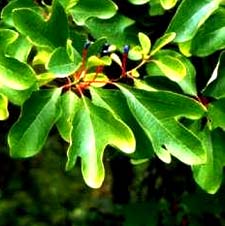
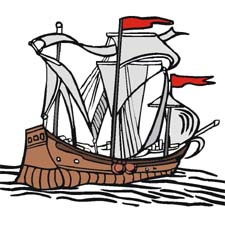 Portsmouth is an English town to its roots. It was named for an English city, as are most of the towns in the New Hampshire coastline – Hampton, Durham, Dover, Newmarket, New Castle, and on. The English hated the French in the 1600s. The French had beaten the English to Norembega, the early name for the New World. Pring’s visit was an early attempt to establish British influences in the unclaimed area between French territory to the north and Spanish claims to the south.
Portsmouth is an English town to its roots. It was named for an English city, as are most of the towns in the New Hampshire coastline – Hampton, Durham, Dover, Newmarket, New Castle, and on. The English hated the French in the 1600s. The French had beaten the English to Norembega, the early name for the New World. Pring’s visit was an early attempt to establish British influences in the unclaimed area between French territory to the north and Spanish claims to the south.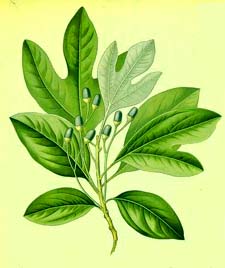 Brewster mentions the search for sassafras which he admits was the prime reason for Pring’s 3,000 mile journey from England in two small sailing ships, the Speedwell and the Discoverer, with combined crews of 56 men and boys. He describes the slender tree with the orange-brown bark as "that valued tree whose medical virtues in that age were regarded as the elixir of life". Brewster was, after all, a devout church-goer, a loyal husband and the dedicated father of eight children. VD was not on his radar.
Brewster mentions the search for sassafras which he admits was the prime reason for Pring’s 3,000 mile journey from England in two small sailing ships, the Speedwell and the Discoverer, with combined crews of 56 men and boys. He describes the slender tree with the orange-brown bark as "that valued tree whose medical virtues in that age were regarded as the elixir of life". Brewster was, after all, a devout church-goer, a loyal husband and the dedicated father of eight children. VD was not on his radar.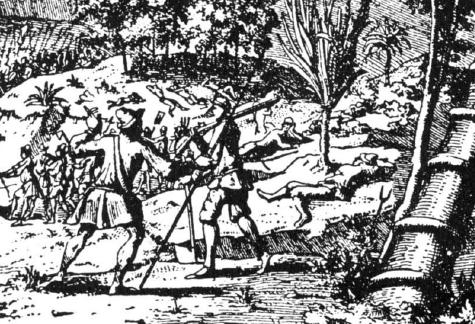
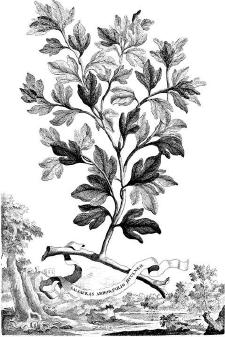 The Bristol merchants who sponsored the trip gained a huge return on their investment. Pring made another trip to the New World, but not to the Piscataqua. The Sassafras crazed quickly faded. The plant, apparently, has some dangerous qualities too. Sassafras tea was banned by the United States Food and Drug Commission in 1976. Pring, for the record, died in 1626,
The Bristol merchants who sponsored the trip gained a huge return on their investment. Pring made another trip to the New World, but not to the Piscataqua. The Sassafras crazed quickly faded. The plant, apparently, has some dangerous qualities too. Sassafras tea was banned by the United States Food and Drug Commission in 1976. Pring, for the record, died in 1626, 














